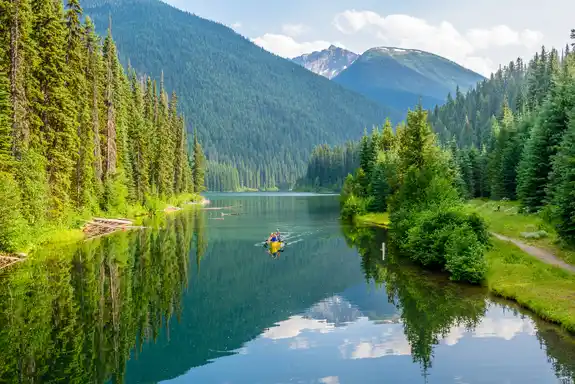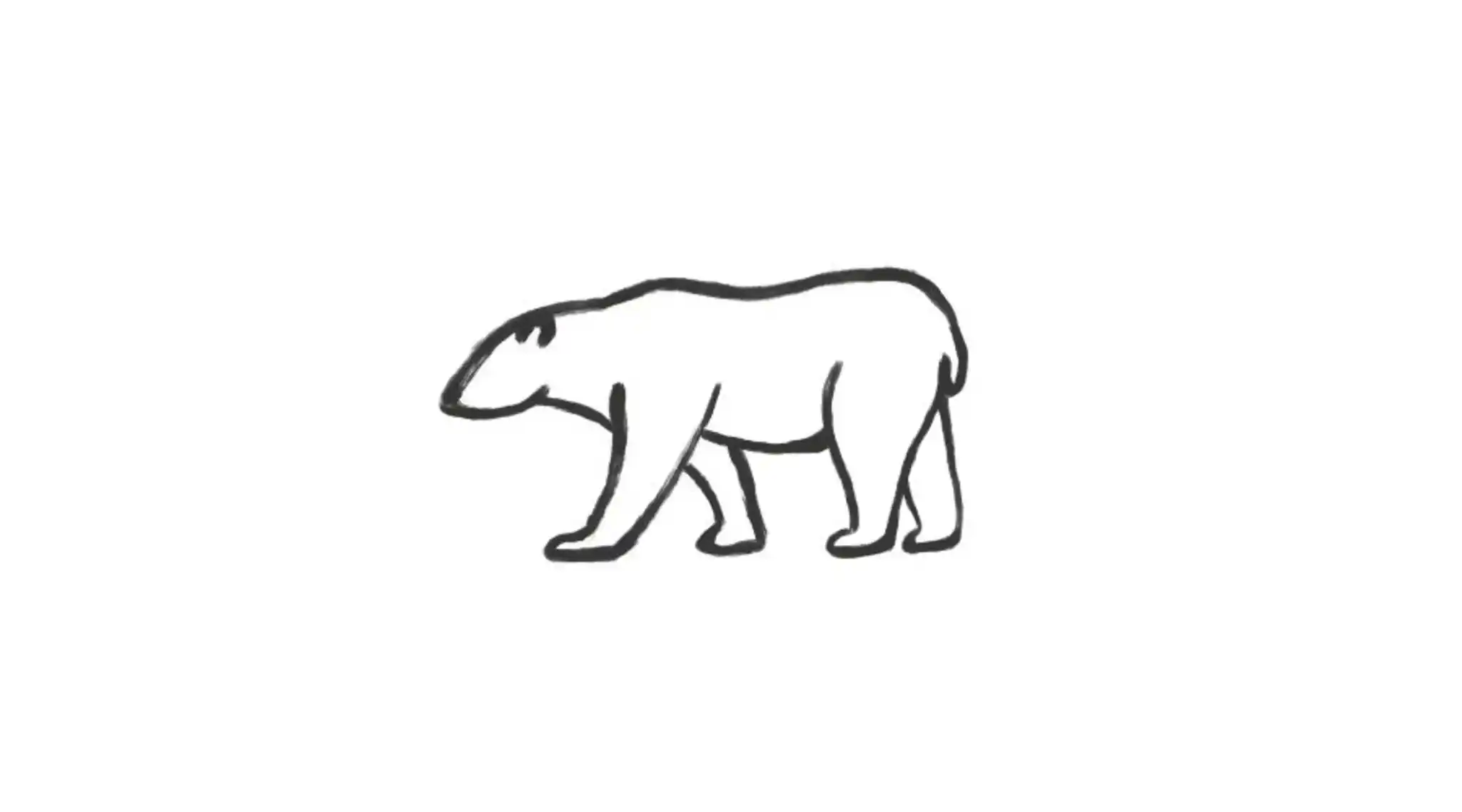
Nimmo Bay Adventure
Enjoy an exciting whale watching excursion, travelling through both protected and open-coast marine waters and make interpretive stops that feature coastal wildlife and rainforest. Explore the region around Nimmo Bay in search of wildlife and nature, with a choice of wilderness adventures. Activities which are included range from hiking, yoga, paddleboarding and snorkelling to waterfall plunge pool, destination picnics and relaxing in the floating sauna.







